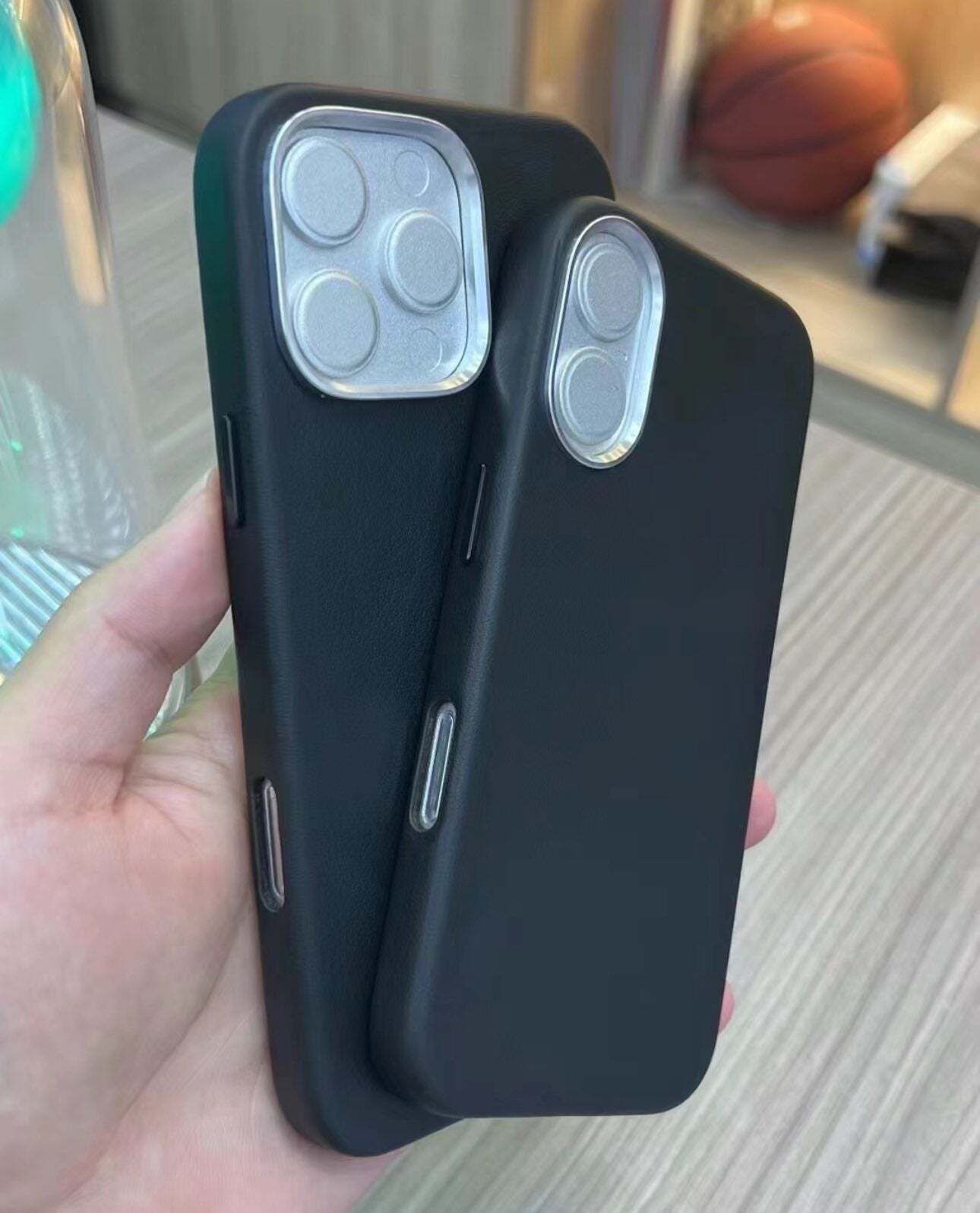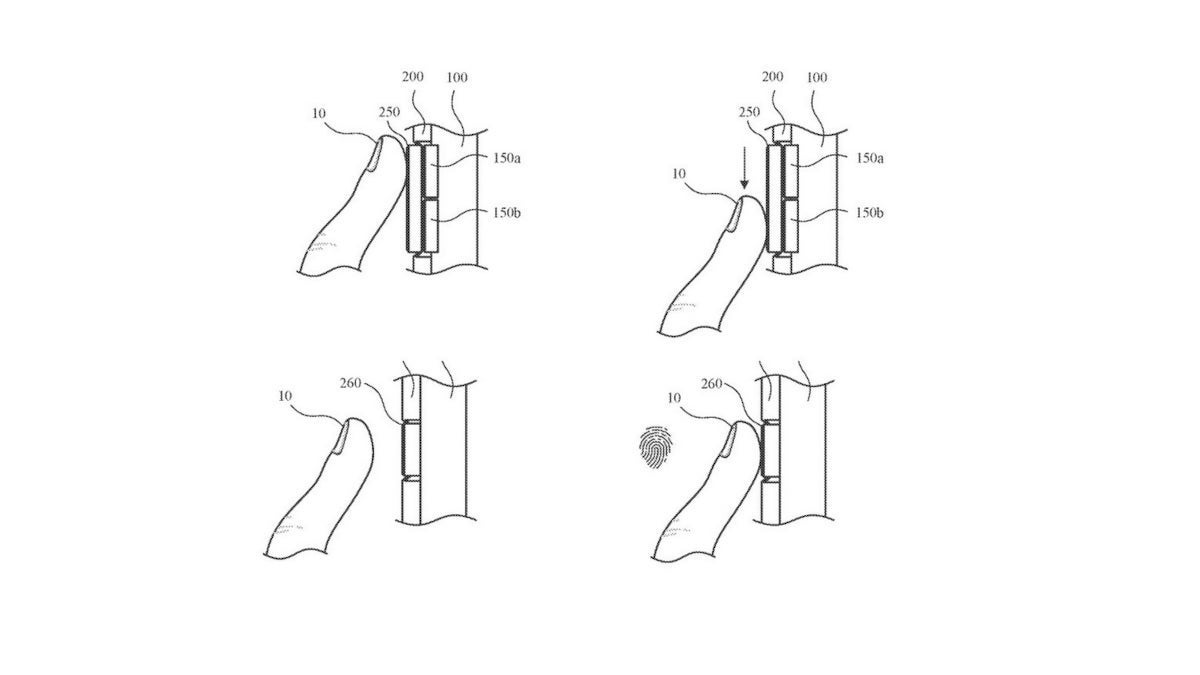After all, Apple introduced a new Action Button with the iPhone 15 series. Granted, it envisioned it as a direct replacement for the mute switch it has had since the OG iPhone, and which was getting a bit long in the tooth in terms of functionality.
On the iPhone 16, however, Apple is reportedly adding another physical control on the sides in the form of a capacitive key, tentatively named the Capture Button, as it will manage camera functions.
iPhone 16 Capture Button functions
Besides the typical guess that the new physical key on the iPhone 16 models will allow taking photos, there are more rumored Capture Button functionalities:
- Light press: focus on subject
- Click: take photo
- Longer press: start video recording
- Slide right: zoom in
- Slide left: zoom out
The capture key will be on the side of the power button, where the 5G mmWave antenna on the iPhone versions for the US is located. The antenna will now be relegated to the left, as the right side opposite the camera lens is the perfect positioning for a capture button, be it for snapping photos, zooming, or video recording.
Those last two can take even further advantage of the touchy-clicky Capture Button mix, as they will come with Tetraprism cameras, whose 5x zoom functionality will be greatly augmented by the sliding zoom motion of the capacitive capture key.
Capture Button and iPhone 16 cases
From the iPhone 16 series’ dummy cases that we have seen so far, it seemed that new wrappers will be released with a dedicated cutout for the rumored new Capture Button that will control the camera.

The iPhone 16 series case cutout hints at a capacitive Capture Button indeed. | Image credit – Sonny Dickson
It is said that the official protective case of Apple’s iPhone 16 series will not have this opening and will be made into an integrated design, which will not affect the normal use of this capacitive button.
Duan Rui, September ’24
据说,苹果 iPhone 16 系列官方保护壳,没有这个开孔,会做成一体式设计,还不会影响这颗电容式按键正常使用。 pic.twitter.com/uSkaQqwXFe
— DuanRui段锐 (@duanrui1205) September 4, 2024
How and why would it hide the Capture Button on the iPhone 16 series under a case, however, remains a mystery. Granted, it could mark the area where one can press and slide to capture or zoom, but if third-party case makers are offering a cutout, this would present a totally different experience for the user, depending on if they get an official case or not.
At block 1406, the electronic device can receive a signal from a case. The signal can correspond to an input received at a touch sensor of the case. The signal can indicate one or more characteristics of the input, including the touch sensor that performed the detection, a duration of time for an input, a force or pressure, a motion (e.g., sliding gesture), a location, a fingerprint detection, and the like.
This sliding motion, or the variable pressure points, sound a lot like what the Capture Button is supposed to do without being covered, at least according to several reliable rumors.
Apple’s patent for virtual case keys that communicate wirelessly with the phone to mimic the actions of side keys gives some hints how its official iPhone 16 wrappers can cover the Capture Button underneath them, yet perform the same functions. Apple envisions both NFC or physical connectors as a communication means between the phone and the case, too.


Apple patent for case with virtual buttons that mimic the action of the physical one underneath. | Image credit – USPTO N20240288949
We still don’t know how the physical key that will allegedly be flush with the side surface, but respond to touch and pressure will perform, though, so Apple might have tested it covered with a case, and gotten a satisfactory result.
Still, if Apple has never been one thing, it is a “good enough” company, so if there is no Capture Button cutout on its official iPhone 16 cases, it will probably behave as reliably as on wrappers with cutouts, thanks to virtual case buttons, or some other solution.
This, however, could make iPhone 16 buyers go “hmm” before they decide on third-party cases over official ones that, if history is any indication, could be the only ones with a proprietary Apple communication protocol between the case and the iPhone. That may be the whole point, and we shudder to think what an official iPhone case with technology that replicates a shutter key and zoom slider would cost.
